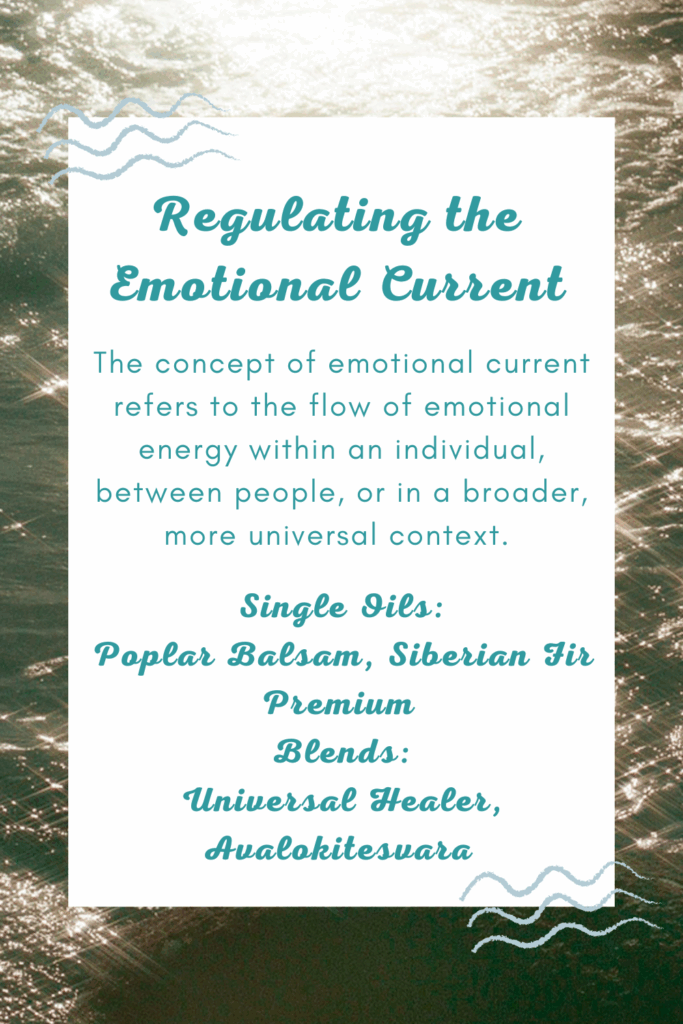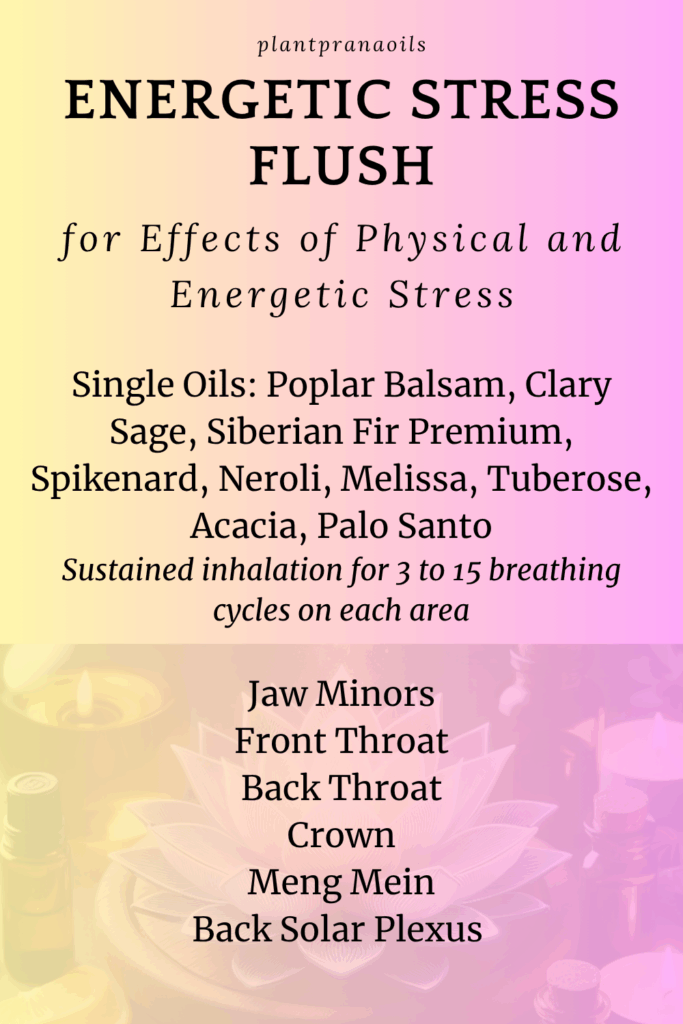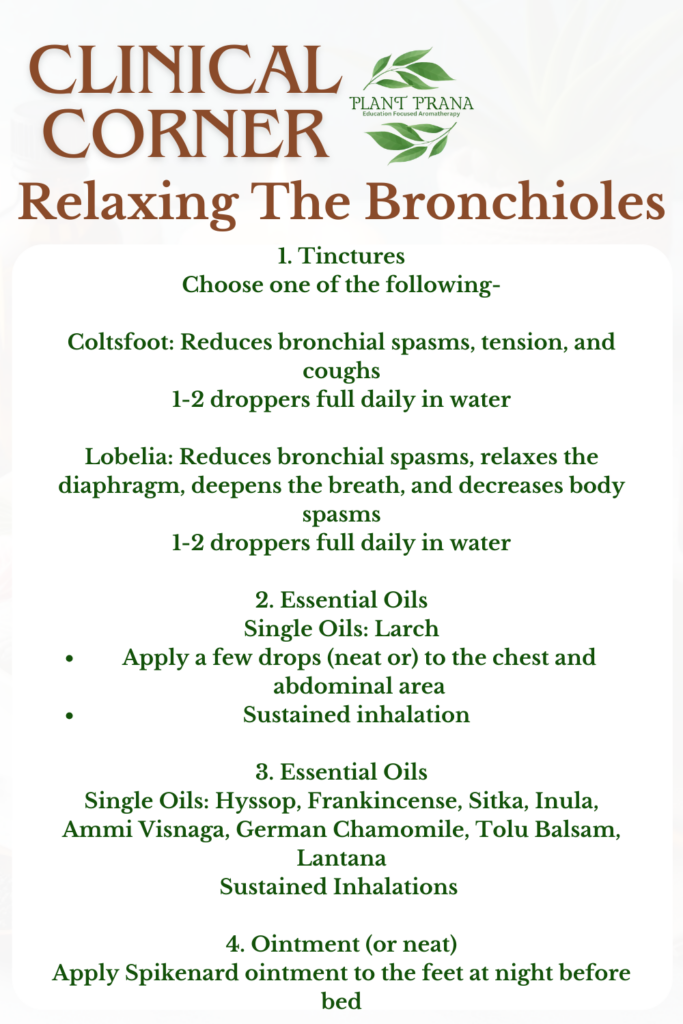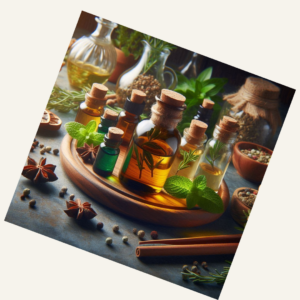Stress, in both its physiological and energetic forms, can have profound effects on the body, mind, and spirit. From a biological perspective, stress triggers certain responses in the body, but from an energetic or spiritual viewpoint, stress can lead to blockages, imbalances, and disturbances in the energy system. These energetic effects can manifest as physical symptoms, emotional disturbances, or spiritual imbalances that prevent the body from functioning harmoniously.
This Energetic Stress Flush addresses both the physiological and energetic effects of stress.
Energetic Stress Flush:
Single Oils: Poplar Balsam, Clary Sage, Siberian Fir Premium, Spikenard, Neroli, Melissa, Tuberose, Acacia, Palo Santo
Sustained inhalation for 3 to 15 breathing cycles on each area
Jaw Minors
Front Throat
Back Throat
Crown
Meng Mein
Back Solar Plexus
Stress
1. Physiological Effects of Stress
Stress has a well-documented biological impact on the body, activating the sympathetic nervous system and preparing the body for a “fight or flight” response. This can cause several immediate and long-term physiological changes, including:
Increased Heart Rate: Stress triggers the release of adrenaline, which increases the heart rate and prepares the body for quick action.
Elevated Blood Pressure: Stress causes the constriction of blood vessels, leading to an increase in blood pressure, which over time can strain the cardiovascular system.
Increased Cortisol Levels: Chronic stress leads to the persistent release of cortisol, a hormone involved in the stress response. While cortisol is useful for short bursts of stress, prolonged exposure can impair immune function and contribute to conditions like anxiety, depression, weight gain, and immune system suppression.
Muscle Tension: Chronic stress can lead to muscle tightness and pain, particularly in the neck, shoulders, and back, which are common areas for the physical manifestation of stress.
Digestive Disruptions: Stress can affect the digestive system, leading to issues like irritable bowel syndrome (IBS), indigestion, acid reflux, or nausea.
Weakened Immune System: Prolonged stress can suppress the immune system, making the body more vulnerable to infections and illnesses.
2. Energetic Effects of Stress
From an energetic standpoint, stress creates imbalances in the body’s energy system, impacting the flow of life force energy (often referred to as Qi, Prana, or Chi in various traditions). These imbalances can lead to blockages in specific energy centers (such as the chakras) or meridians, which are pathways through which energy flows throughout the body.
Blockages in the Energy Field: Stress can lead to energetic blockages in the aura or energy field, which can prevent the free flow of energy throughout the body. These blockages can manifest as:
Energy Congestion: Areas of the body that are experiencing chronic stress may accumulate stagnant energy, which can lead to physical discomfort or fatigue. This is often experienced in places like the solar plexus (associated with personal power) or the heart chakra (associated with love and emotional balance).
Emotional Energy Blockages: Emotions like fear, anger, and anxiety, often associated with stress, can become trapped in specific areas of the body, resulting in emotional stagnation and an inability to process these emotions healthily. This can make it difficult to move past stressful experiences, creating a cycle of energy blockages.
Emotional Baggage / Unprocessed emotions: Chronic stress can result in an accumulation of unresolved emotions like fear, guilt, shame, and anger. These emotional blockages can weigh down the spirit, creating a sense of heaviness and disconnect from one’s higher self. This accumulated emotional baggage may hinder personal growth, making it difficult to move forward in life.
Emotional Reactivity: People who are consistently under stress may become overly reactive to situations, unable to respond from a place of inner peace. This can lead to exhaustion, emotional burnout, and a spiritual disconnect.
Spiritual Stagnation: Stress can prevent individuals from connecting with their spiritual practices or inner guidance. When the mind is overwhelmed with stress, it becomes harder to engage in practices like meditation, prayer, or energy healing, all of which are essential for spiritual growth and healing. This stagnation may cause a sense of spiritual dryness or disconnection from higher guidance.
Spiritual Crisis: Accumulated stress can also contribute to a spiritual crisis, where an individual questions their purpose, faith, or connection with the divine. This can lead to a sense of meaninglessness or a spiritual void.



